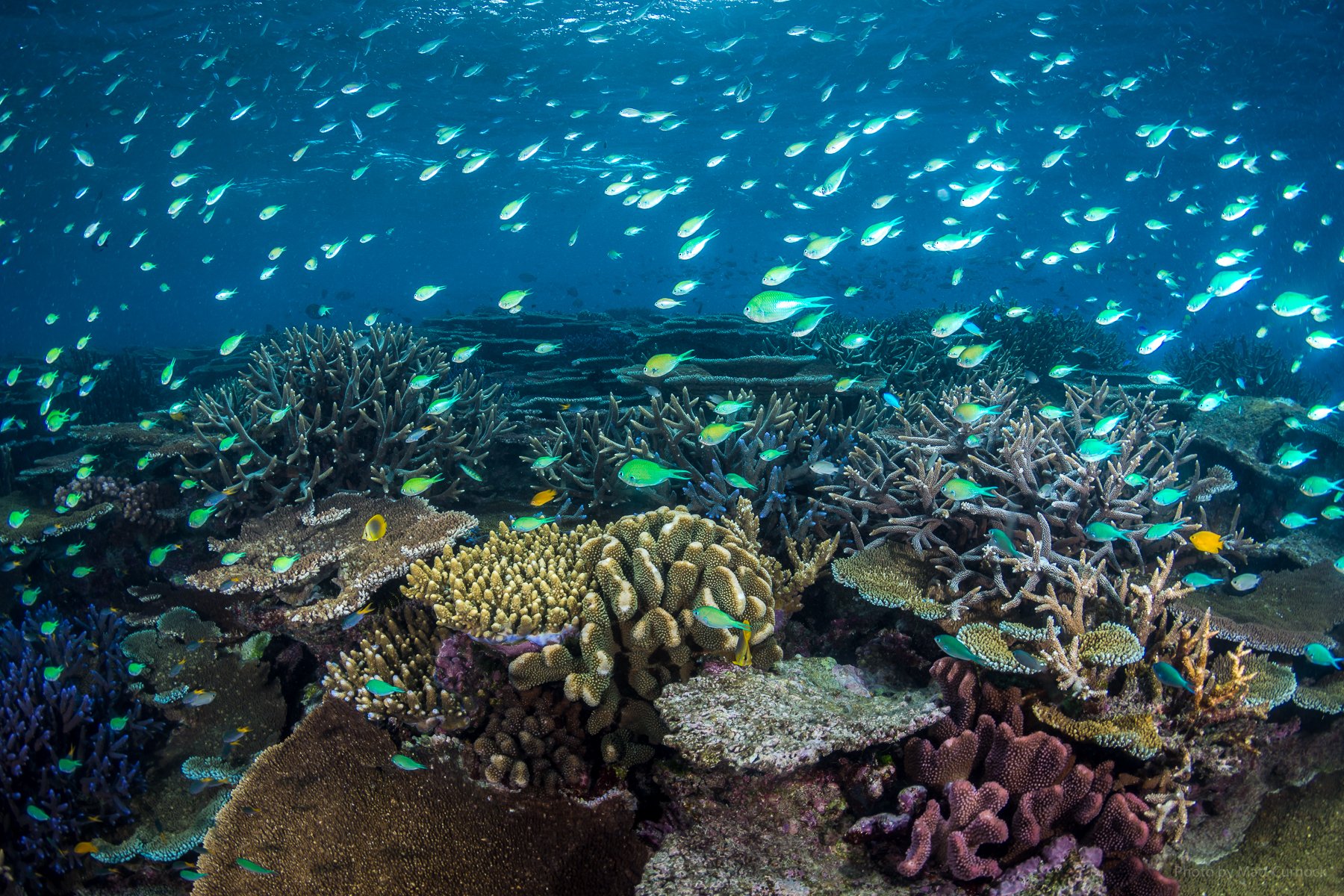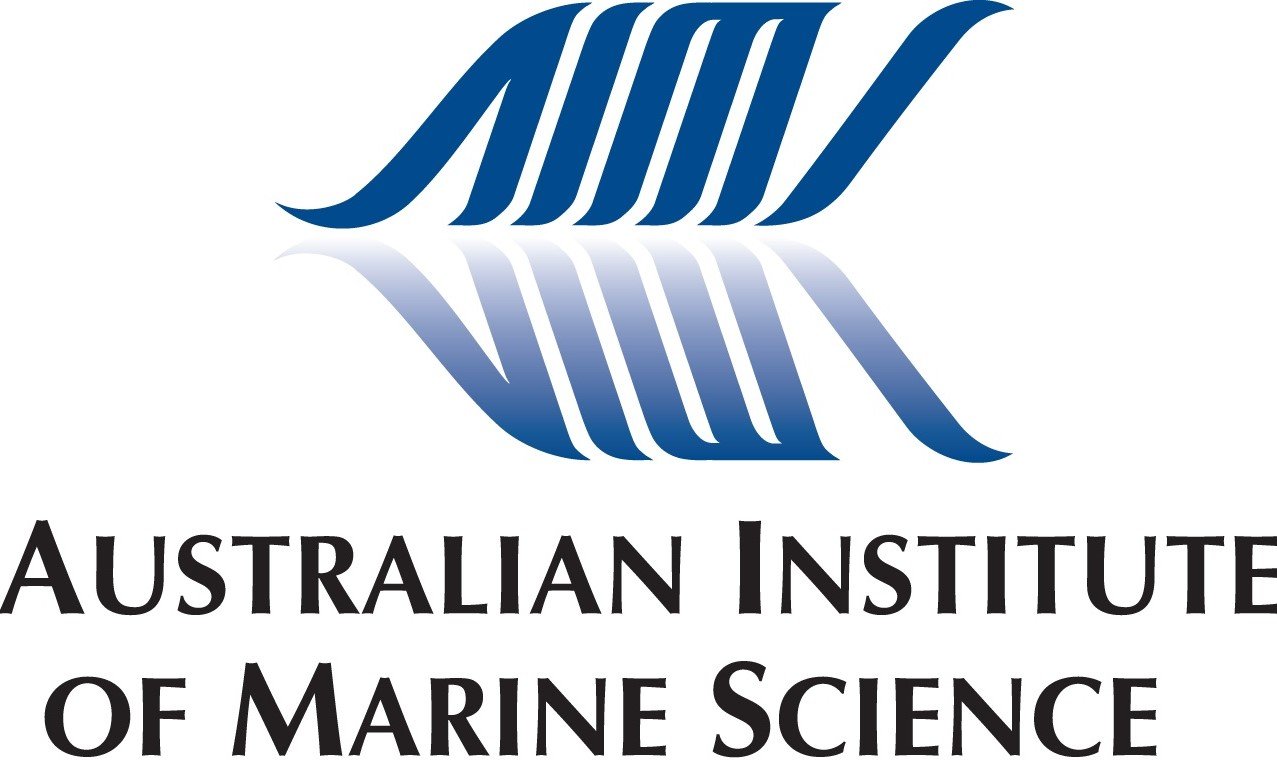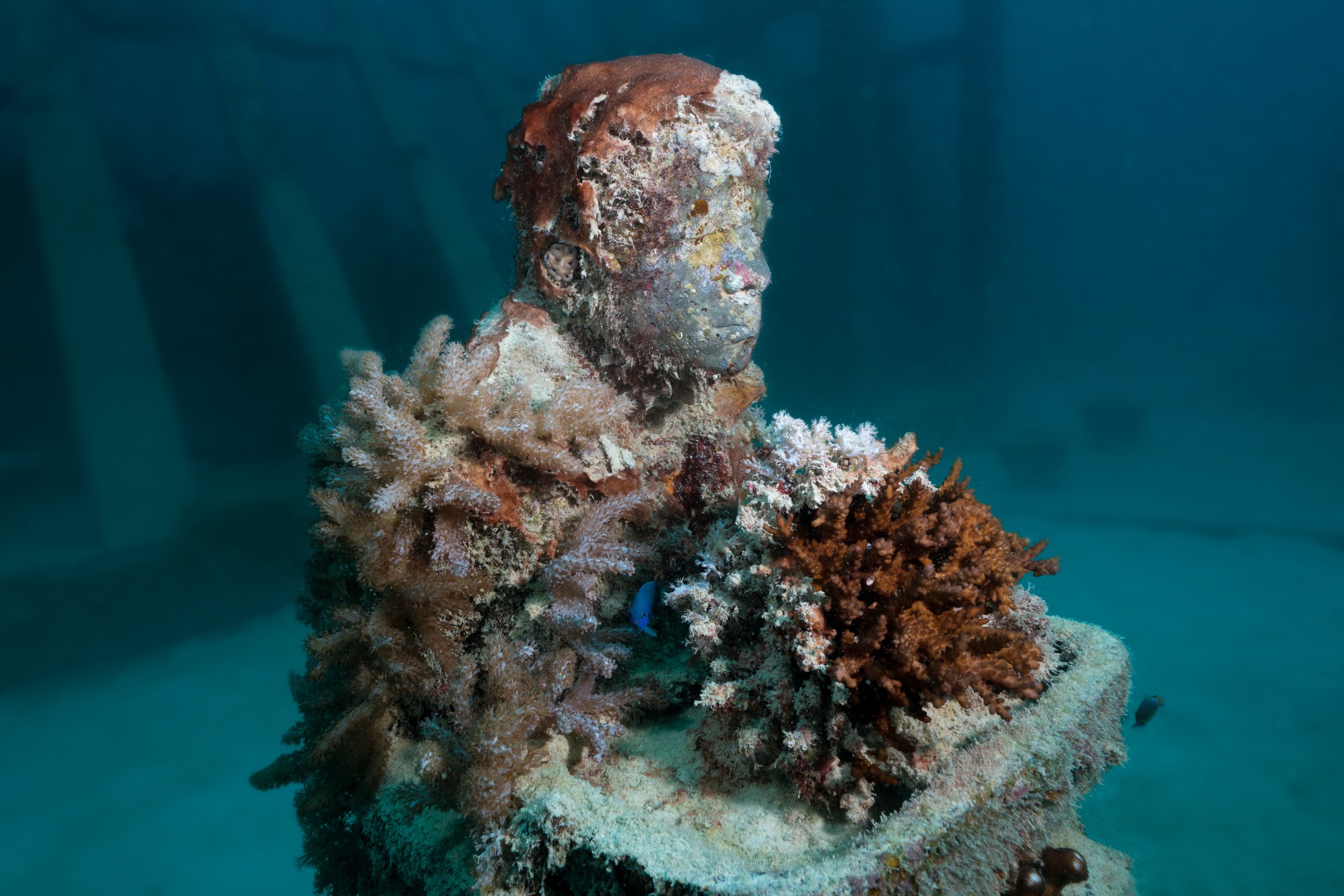
John Brewer Reef
Scuba dive, free-dive or snorkel John Brewer Reef and experience one of the Great Barrier Reef’s most beautiful reefs.
The MOUA iNaturalist project at John Brewer Reef has provided valuable insights into the diverse coral and fish species thriving in the area.
The corals exhibit a stunning array of colours and intricate structures, forming vibrant underwater landscapes. Acropora corals, with their branching formations, are abundant and provide important habitats for a variety of marine life. Staghorn and plate corals also contribute to the reef's overall biodiversity. Among the fish species documented most often, are various types of colourful Damsels, Butterflyfish, and Batfish, their vibrant hues complementing the vivid coral backdrop.
Corals & Fish
The Australian Institute of Marine Science (AIMS) has conducted extensive research and monitoring on John Brewer Reef in the Sea Country, providing valuable data and insights into the health and condition of this important coral ecosystem. Through their studies, AIMS scientists have documented the biodiversity, coral cover, and water quality parameters of the reef, helping to assess its resilience and identify potential stressors. AIMS data has contributed to our understanding of the impacts of climate change, coral bleaching events, and ocean acidification on John Brewer Reef.
★★★★★
“What a fantastic experience! The installations by Jason deCaires Taylor are certainly worth seeing and the quality of John Brewer Reef is brilliant.”
Bellie Boo, Visitor
More Reviews
Brief History
2023: The Museum of Underwater Art (MOUA) continues to enhance its unique underwater experience at John Brewer Reef in the Sea Country with the addition of the Ocean Sentinels underwater sculptures snorkel trail. The Ocean Sentinels is a captivating series of underwater sculptures located in short swimming distance of the existing Coral Greenhouse installation. Each sculpture showcases a renowned marine scientist or conservationist, highlighting their significant contributions to reef protection.
2022: Adidas shows its commitment to protect the oceans by building a full-size tennis court at John Brewer Reef. The court was created in partnership with the Museum of Underwater Art (MOUA) and featured a range of sustainable tennis apparel made partly with Parley Ocean Plastic, inspired by the reef's striking coral reds and deep blues. Working with the Great Barrier Reef Marine Park Authority, Adidas invited Australian sporting personalities, including Ian Thorpe, Jess Fox, Steph Claire Smith, and Nathan Cleary, to play tennis on a floating court atop a barge in the middle of the Great Barrier Reef. The event raised awareness about plastic waste in the oceans and showcased Adidas' commitment to sustainability, utilising MOUA's moorings for the event.
2020: The Museum of Underwater Art (MOUA) becomes the first underwater museum in Australia and the southern hemisphere when it installs the Coral Greenhouse at John Brewer Reef in the Sea Country. The sculptures not only serve as a unique attraction for visitors but also function as artificial reefs, providing habitat for marine life and promoting coral growth.
2016: The Great Barrier Reef or Sea Country suffers a severe coral bleaching event, including parts of John Brewer Reef, due to elevated ocean temperatures caused by climate change. Efforts to raise awareness about the reef's vulnerability and the need for conservation intensify.
Early 2000s: Scientists and researchers conduct studies on John Brewer Reef in the Sea Country to better understand its ecological significance and monitor the health of the reef ecosystem.
1990s: John Brewer Reef gains attention as a popular diving and snorkelling destination due to its diverse marine life and vibrant coral formations.
1988: The world’s first floating hotel opens at John Brewer Reef. The five-star hotel was a seven-storey structure with nearly 200 rooms, and was decked out with a glowing neon nightclub, bars and restaurants, a helipad and a tennis court. When the hotel closed it was sold and later ended up in North Korea.
1975: The Australian government establishes the Great Barrier Reef Marine Park, encompassing John Brewer Reef, to protect and manage the ecosystem also known as the Sea Country to First Nations people.
1928: Sir Maurice Yonge, a renowned British marine biologist and now MOUA Ocean Sentinel, first brings the Great Barrier Reef or Sea Country and its amazing biodiversity to the attention of the wider scientific community.
1842: The name “John Brewer Reef” originates from the troop ships John Brewer, Kelso and Arab which sailed from Sydney for India and on the 30th June 1842 all grounded on reefs north-east of Palm Island.
1770: The islands near John Brewer Reef are named the "Palm Isles" by explorer James Cook as he sailed up the eastern coast of Australia on his first voyage.
20,000 years ago: The formation of the current Great Barrier Reef or Sea Country including John Brewer Reef begins during the last glacial period as sea levels start to rise due to the melting of continental ice sheets. Coral larvae attach to submerged rocks and begin to build up, forming the basis of the reef structure.
65,000 years ago: First Nations people are believed to have migrated from Africa to the Australian continent and the Sea Country through Southeast Asia during a period when sea levels were lower, forming a land bridge between the regions.
50 million years ago: The Australian continent reaches is current position after having broken off from Gondwana and drifting away from Antartica.
★★★★★
“Absolutely amazing dive site. The installations itself are great but coupled with the Reef it makes for an incredible experience.”
Michael Brennan, Visitor
More Reviews
Underwater Art
The are dozens of underwater art installations including the Coral Greenhouse and Ocean Sentinels at the main Museum of Underwater Art site at John Brewer Reef in the Sea Country - enough to keep you busy for multiple days of diving and snorkelling and exploring! This is one of the top things to do in Townsville, Queensland and a must see on the Great Barrier Reef.
Secure a Spot
Space on tour boats is limited so book your spot now to not miss out!
Maps
All of the underwater art installations including the Coral Greenhouse and Ocean Sentinels are located at the main Museum of Underwater Art site at John Brewer Reef in the Sea Country on the Great Barrier Reef which can be reached by boat from Townsville.
FAQs
-
The underwater sculptures at John Brewer Reef are public art and can be freely accessed by recreational visitors to the Marine Park. However, if tourists would like to visit the John Brewer Reef sites by vessel and have the guidance of an expert guide, there are several commercial tourism opportunities available.
-
Absolutely! Scuba diving and snorkelling are highly encouraged at the sculpture sites. They offer an excellent opportunity to witness the underwater sculptures and explore the surrounding reefs. The sites are designed to accommodate both snorkelling and scuba diving enthusiasts, with shallow water areas (4-6m) specifically intended for snorkelling and deeper sections (12-18m) suitable for scuba diving.
-
To ensure the preservation and respect for the underwater sculptures, we advocate a no touching policy, similar to coral reefs. We aim to promote Responsible Reef Practices and will provide interpretive manuals, training, websites, and brochures to educate visitors about the importance of not touching the artworks. Over time, the sculptures will naturally accumulate marine life as corals and other organisms attach to them. This process not only adds to their visual appeal but also integrates them ecologically into the local environment, making them even more fascinating for visitors to observe.











